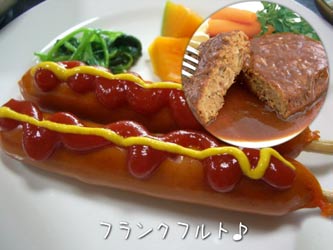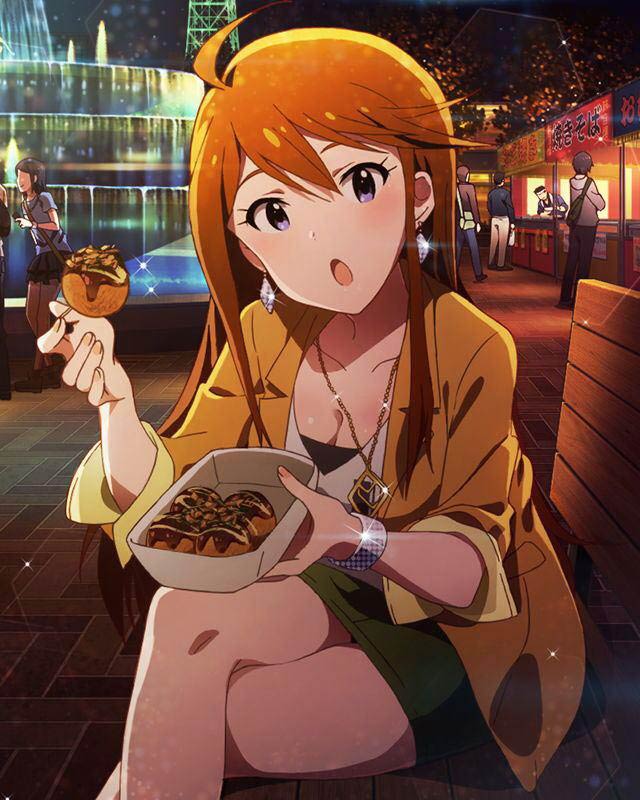One of the skills you need to acquire when you come to live in Japan is the ability to deal with the “duality” of words, the strange tendency of linguistic concepts to split into two. For example, many European cities have two names, like Venice or Florence in English and Venetia or Firenze in Italian, and the Japanese seem especially adept at picking the city name you’re least familiar with to use, causing confusion for English speakers. This eventually leads to a better understanding of the world, including that “win” (Wien) coffee with whipped cream on top has nothing to do with winning anything, and the wieners that kawaify your bento apparently come from Vienna. Any reference to a name from the Bible in Japanese will usually use the original Hebrew/Greek/Aramaic version, i.e. Yohane instead of John, so learning Japanese can lead to picking up other tidbits of interesting knowledge along the way. This idea of linguistic duality pops up in other places in Japan, too. First of all, there are fundamentally two ways to read any kanji, using the on or Chinese reading or the kun or Japanese reading. For example, you use the Japanese reading mizu for the kanji for water written by itself, but the Chinese reading sui when it’s joined with other characters, like suido, “water pipe.” Finally, virtually every place name in Japan comes in two versions, the modern one that everyone uses and the old Edo Period name. For example, Nagano Prefecture is famous for its soba noodles, and it’s common for restaurants to advertise themselves using the old name of Shinshu, to associate themselves with the natsukashii (nostalgic) old days.

Bizarre Japan Mystery #442: “frankfurt” and “hamburg” are what frankfurters and hamburgers without bread are called.















